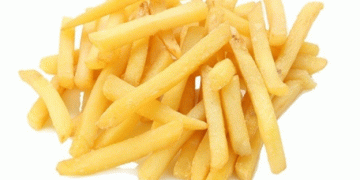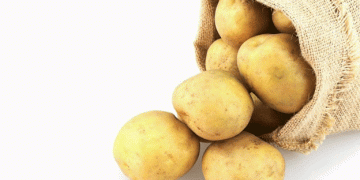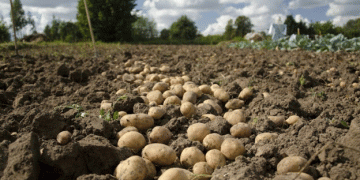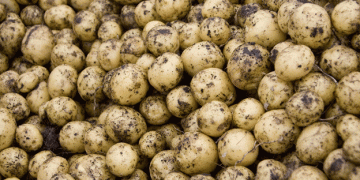Did you know the humble potato can sometimes pose serious health risks? This popular staple isn’t always safe—especially when green, sprouting, or damaged. This article explores the hidden toxins in potatoes and reveals essential facts every agricultural professional should know.
Potatoes are undoubtedly among the most popular foods globally, particularly in Germany, where per capita consumption was 59.5 kilograms in 2020/2021. However, processed potato products such as fries, potato salad, and chips are gradually declining in popularity, with consumption decreasing by 400 grams per person per year.
Germany harvested approximately 10.64 million tons of potatoes in 2021, half of which was destined for export markets. But amid the large-scale production, it’s crucial to consider food safety concerns related to potato toxicity.
Potatoes naturally contain glycoalkaloids—primarily α-Solanine and α-Chaconine—substances serving as defense mechanisms against pests, diseases, and herbivores. While potato leaves, stems, and fruits are notoriously toxic, even the edible tubers can become hazardous under certain conditions. High concentrations of these glycoalkaloids occur in the potato peel, sprouts, eyes, and particularly in potatoes that have turned green due to exposure to light.
For potatoes to remain safe for consumption, they must contain no more than 100 milligrams of glycoalkaloids per kilogram. Alarmingly, research by Germany’s Federal Office of Consumer Protection and Food Safety (BVL) revealed that, although 92% of potato samples contained safe glycoalkaloid levels, 8% exceeded recommended safety thresholds.
In 2022, the potato was named “Poisonous Plant of the Year” by the Botanical Special Garden in Hamburg-Wandsbek, highlighting the importance of understanding and managing these hidden risks.
Farmers, agronomists, and agricultural professionals must actively monitor potato cultivation and storage to prevent high glycoalkaloid concentrations. Educating consumers and implementing strict quality control can ensure the safety of this staple crop.






